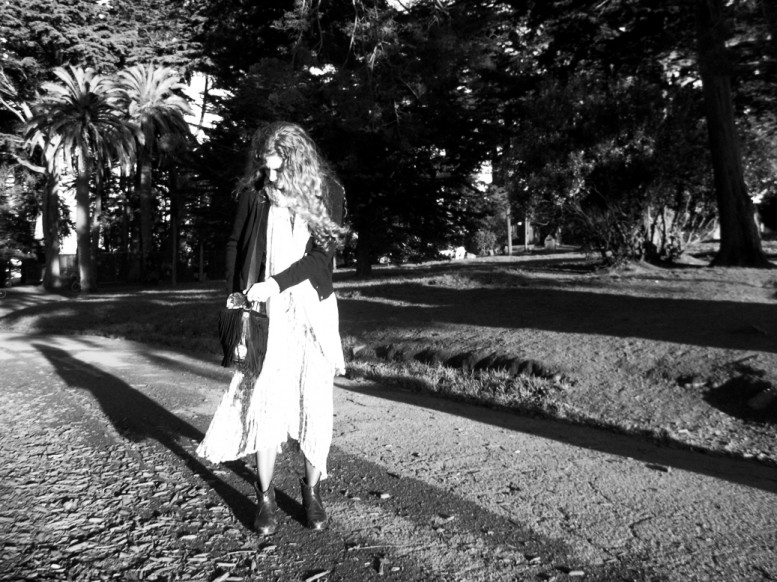Anonymous photography has a magic all its own. The intriguing images assembled here by collector and curator Robert Flynn Johnson are all mysterious, but their appeal is various. By turns poignant, humorous, erotic, and disturbing, their subject is the human condition.
In ten stunning chapters every aspect of human experience—both public and private—is explored. Richly reproduced and with subtle tonalities marking their age, over 220 photographs showcase the work of photographers whose identities have been lost in time. The images are never anything less than mesmerizing and include previously unseen portraits of such stars as Cary Grant, Richard Burton, and Marlene Dietrich.
France, circa 1910
Introduced by Alexander McCall Smith, this follow-up to Johnson's widely acclaimed Anonymous touches on birth, marriage, death, disease, hope, glory, and despair and a plethora of additional emotions, events, and human states, and will capture the imagination of any reader. The Face in the Lens: Anonymous Photographs by Robert Flynn Johnson will be available in the United States and Canada this coming April by University of California Press. www.ucpress.edu




























